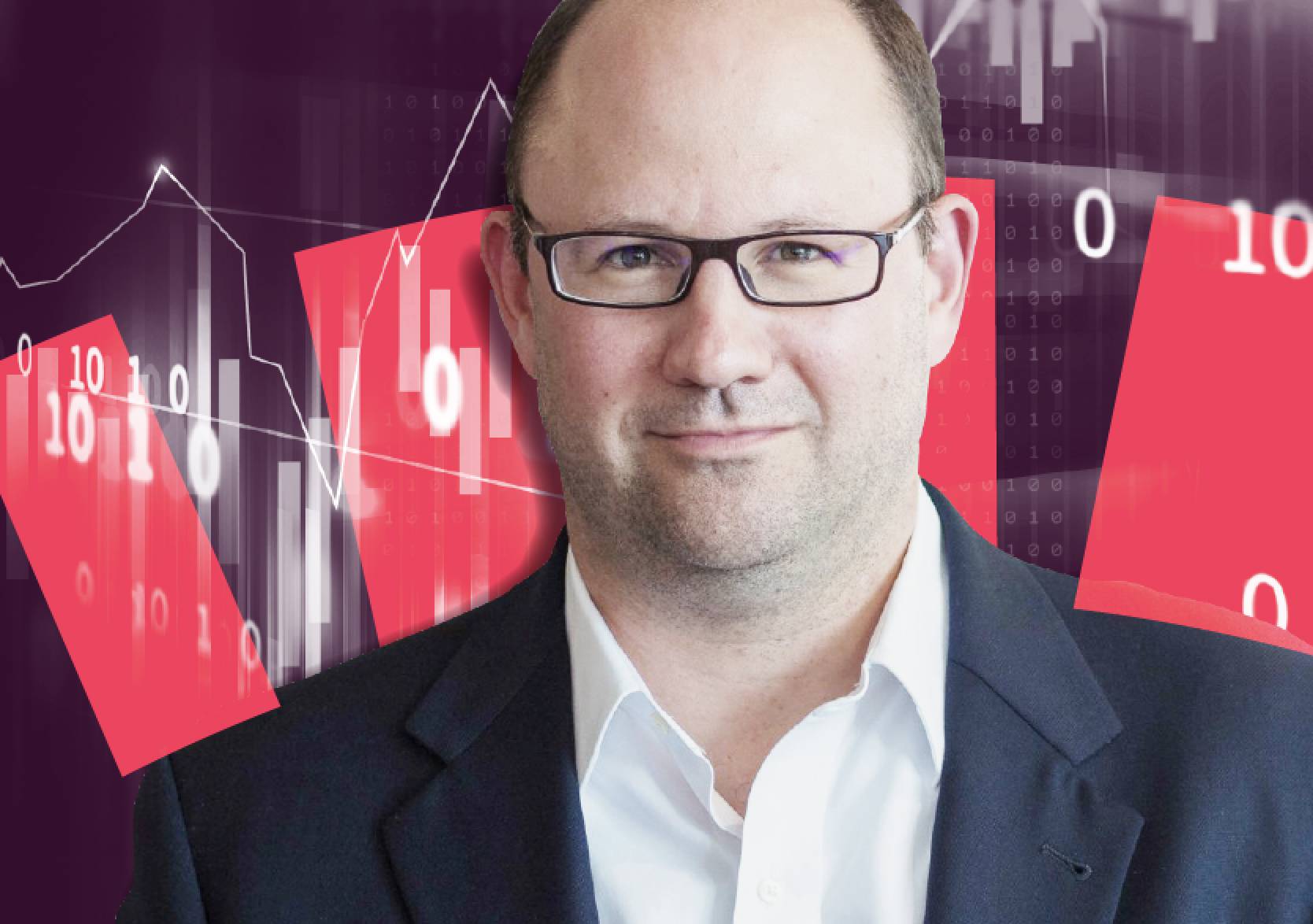European equities have enjoyed a solid first quarter, outperforming their US peers. We continue to debate whether or not that will continue.
First, let’s consider what has prompted this outperformance. We can point to a few possible answers.
Starting valuations are lower in Europe. The chart below shows the Forward Price/Earnings (P/E) ratio, calculated by dividing the current stock price by the estimated earnings per share (EPS) for the upcoming year, over time. European equity valuations are roughly in line with their 10-year average.
Compared to the US, European equities still trade at a significant discount, even if that gap has closed quite sharply over the past couple of months.
What about expectations? When we look at earnings revisions, we can see a bit of a contrasting picture. Estimates for European companies have generally drifted a bit higher recently, while US estimates have come down a bit.
But the real issue has probably been on the macro side. European growth has been challenging for some time, and that’s fed into investor sentiment.
The chart below shows German industrial production. We can see a pretty steady decline since 2017 for what was once the engine of European growth. It was one important reason why German politicians were looking to increase fiscal spending, even before the current geopolitical shifts.
But we are seeing some signs of optimism for European growth, even from a low level. The chart below shows loan growth in the Eurozone. It’s still pretty anemic at below 2%, but it is picking up.
On a related point, we see broad money growth in Europe accelerating, partly reflecting that loan growth.
It’s probably too soon to call this a sustainable shift, as business sentiment in the Eurozone, and in Germany in particular, hasn’t yet picked up, but it’s a step in the right direction.
There are still a lot of questions to ask. In the short term, trade policy will likely stay in the headlines – witness the 25% tariff on autos announced by the US government this week. In the longer term, the Eurozone continues to face challenges around competitiveness – highlighted by Mario Draghi – and an ageing population, among other factors.
So, we’ve got some support from valuations, stable earnings revisions and maybe some green shoots on the macro side – even before we see the impact of likely higher fiscal spending in Germany. That should be enough for investors to stay interested.
From a portfolio perspective, we’ve slightly reduced our overall equity exposure in the first quarter, but we’ve increased our European equity across some higher risk portfolios in response to some of the changes we’re seeing on the growth outlook.
*As with all investing, financial instruments involve inherent risks, including loss of capital, market fluctuations and liquidity risk. Past performance is no guarantee of future results. It is important to consider your risk tolerance and investment objectives before proceeding.





